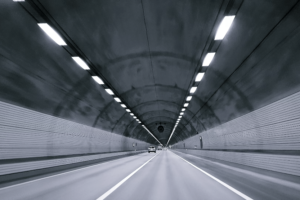You shouldn’t do many things in driving a car with a manual transmission compared to one with an automatic transmission. In this article, I’ll discuss feathering the clutch – what does it mean?
Feathering the clutch means slipping the clutch to make it move slowly or not at all. It is when you alternately apply and release the clutch so you can move your car little by little.
You must feather the clutch each time you start the engine to make your car move forward. First, you must feather the clutch to start smoothly in the first gear.
After that, you shift to the following 2nd, 3rd, 4th, and the succeeding gears as you move on to gaining speed. You no longer need to feather the clutch as you take off from 1st gear.
Read on to learn more about feathering the clutch and the instances where you can do it and can’t.
Feathering the Clutch – What Does It Mean?
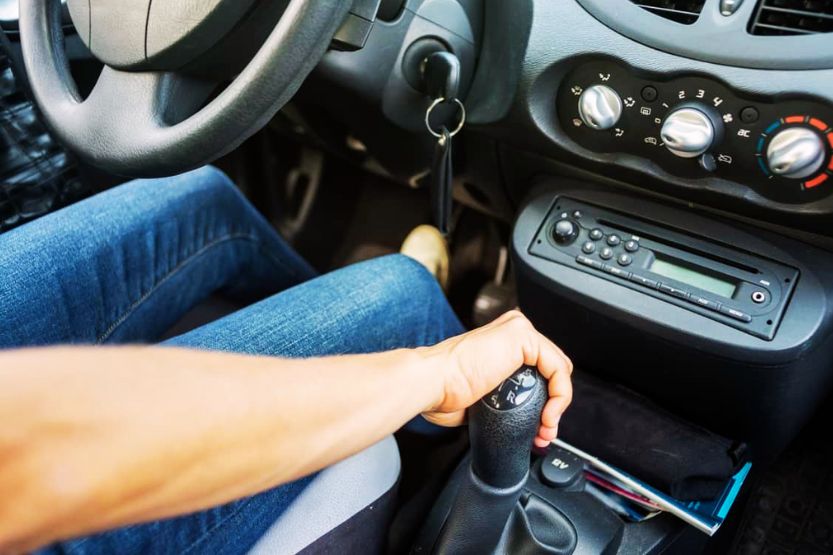
Alternately Applying and Releasing the Clutch
Feathering or slipping the clutch means alternately applying and releasing the clutch so that you can move your car forward inch by inch. This is a popular term typically used by car enthusiasts to describe this practice.
Required Action When Starting Your Car
There is a place for feathering the clutch in driving. You can’t start moving a vehicle forward if you will not feather your clutch. You have to feather your clutch each time you start your car – or else your car will vibrate, and your passengers will think that you don’t know how to drive.
To repeat, feathering your clutch is the part of your driving where you are alternately pressing and releasing the clutch so that you can cause your car to move forward (or in reverse) smoothly without any vibrations.
Once your car is already moving, you will shift to the second, the third, the fourth, and any succeeding gears to continue on your trip. You no longer have to feather your clutch from the second gear to the succeeding gears.
How to Feather the Clutch Properly
Just step on the clutch, shift to your desired gear, and lift your foot off the pedal as soon as possible. No dilly-dallying. That’s how to feather the clutch properly. This is one fundamental technique you must learn to drive a vehicle with manual transmission.
In feathering the clutch, you have to gently depress the clutch while you are either in first gear or reverse gear without putting any pressure on the gas pedal. By feathering the clutch, you will give your car momentum so it can start moving.
You can also use this method if you want to move slowly forward or in reverse in tight traffic situations. While this may be useful in some instances, don’t do this unnecessarily because it puts an extra strain on your clutch.
Is Feathering the Clutch Bad?
Is feathering the clutch bad? Anything done in excess is almost always bad, so with clutch feathering. Doing it excessively, even when not needed, will eventually cause damage to your clutch and other connected moving parts of your vehicle.
Why Is Feathering the Clutch Also Called Slipping?
Slipping the Clutch Against the Flywheel’s Surface
I mentioned that feathering the clutch is also called slipping the clutch. Why slipping? They also call it slipping because while it is being done, the clutch is made to slip against the surface of the flywheel. So, the clutch plate is like sliding on the surface of the flywheel.
This is not good for the surface of the clutch if this is done unnecessarily because instead of being planted steadily on the flywheel, it is made to slide and rub against the hard metal parts of the flywheel.
Creates Friction That Accelerates Wear and Tear
The clutch plate sliding on the flywheel creates friction, accelerating its wear and tear. So, if this is done carelessly and unnecessarily, you can see the damage it will do to the clutch plate.
You will always see drivers carelessly slipping their clutches while trying to stay stationary while hanging on a bridge or in inclined traffic.
What to Do Instead of Feathering the Clutch?
They are unnecessarily straining their clutch plates. Instead of feathering their clutch, they should step on the brakes, pull on their emergency brakes, and then turn off their engines. In that way, they will not only save their clutch plates, but they will also save on gas.
You can slip your clutch and stay stationary in one spot by applying just enough clutch pressure and throttle.
By doing this, you will be able to build enough force from the engine that will counteract the force of gravity so that your car can stay at the same spot, only moving an inch forward or backward, and keep on that motion as long as you want.
Practiced Heavily in Drag Racing
Slipping the clutch is also practiced heavily in drag racing. It is also done in drag races when the drivers launch their cars.
Some believe slipping its clutch is the best way to launch a front-wheel drive vehicle. They say this will prevent torque steering when too much power is placed on the front wheels.
How to Properly Feather the Clutch
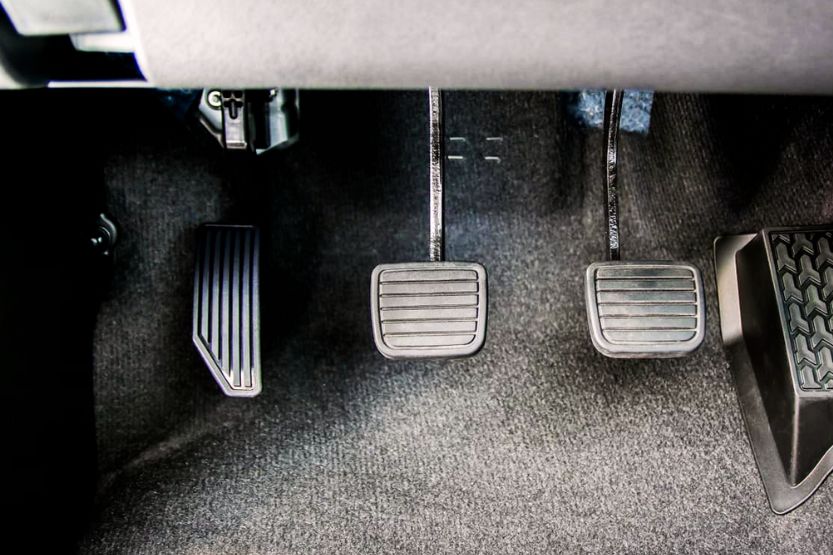
There is a proper time to feather a clutch when you are driving. But it should not be abused. In that regard, you need to know how to feather the clutch properly. How is it correctly done?
- Start the engine and put your car in first gear.
- Feather the clutch pedal so that your start will be smooth.
- When you feel the pull of the vehicle, start lifting your clutch foot slowly and then thoroughly.
- Now you need to shift to the second gear, so you must step again on the pedal.
- As you feel that you have entered the second gear, lift your clutch pedal but do not feather it anymore.
- Your clutch should be readily either “in” or “out” in the second, third, fourth, and succeeding gears.
- You should only feather your clutch when you are starting from a stop.
Again, what is feathering a clutch? Feathering or slipping the clutch refers to applying and releasing the clutch to make a car move.
Other Things to Take Note of When Feathering Your Clutch
Don’t fall into the habit of feathering your clutch each time you shift gears because it has serious repercussions. If you always do this, or when you feel like doing it, your clutch plate and its connected components will suffer excessive wear.
You need to practice clutch control if you are starting to learn how to drive a car with a manual transmission. You need to control your vehicle’s speed by partially engaging the clutch instead of just the accelerator.
Or you can use it in tandem with the accelerator, although that also takes a little practice. The clutch is there to allow you to have that control. It will enable you to transfer torque between two shafts rotating at different speeds.
In extreme applications, this capability of the clutch is used in performance driving and racing. This is where the drivers start their engines from a dead stop with their engine RPMs running very high, making them able to produce maximum torque.
What Should You Not Do When Feathering a Clutch
Now you know the right way you can feather a clutch. You should also understand the improper way of feathering a clutch. What are they?
1. Don’t Rest Your Foot on Your Clutch
Never put your foot on the clutch pedal if you are already tired. Don’t rest on that pedal. You might be putting some pressure on your clutch and “kissing” the flywheel, causing friction on both parts. The clutch plate is also expensive to replace.
2. Avoid Holding Down the Clutch Pedal for Too Long
If you’re not careful, you can develop the habit of holding the clutch pedal down for too long on neutral. If you do this regularly, your car can freewheel and coast on the street. You will lose control of your vehicle.
3. Don’t Use the Shifter as Your Armrest
Driving a manual car is tiring. You might be tempted to rest your arms on the shifter when you get tired during a long drive. Don’t. You will be adding pressure to the shifter, which will cause it to wear out prematurely. While driving, you should always keep your hands on your steering wheel.
4. Don’t Use the Clutch as Your Hill Holder
Are you waiting in traffic and is on an incline? Don’t be tempted to use your clutch as your hill shoulder.
If you hold your clutch on first gear and feather it there for ten or even more seconds, you put so much friction between the clutch plate and the flywheel. Both will suffer the consequences.
5. Avoid Using the Clutch to Maintain Low Speed
You can use your clutch if you want to sustain a slow speed in traffic. While that may make it easy for you to operate your car since your movements are fewer, that will shorten the life of your clutch because of the friction it has to endure.
Here are some other things that you shouldn’t do to your clutch because they can shorten its life:
- Don’t use the gear stick for resting your hand.
- Don’t release the clutch too soon
- Don’t leave your car in gear at a red light.
- Don’t coast in neutral to save on gas.
- Don’t use the clutch pedal as a footrest.
- Don’t step on the gas when the engine is revving low.
Frequently Asked Questions
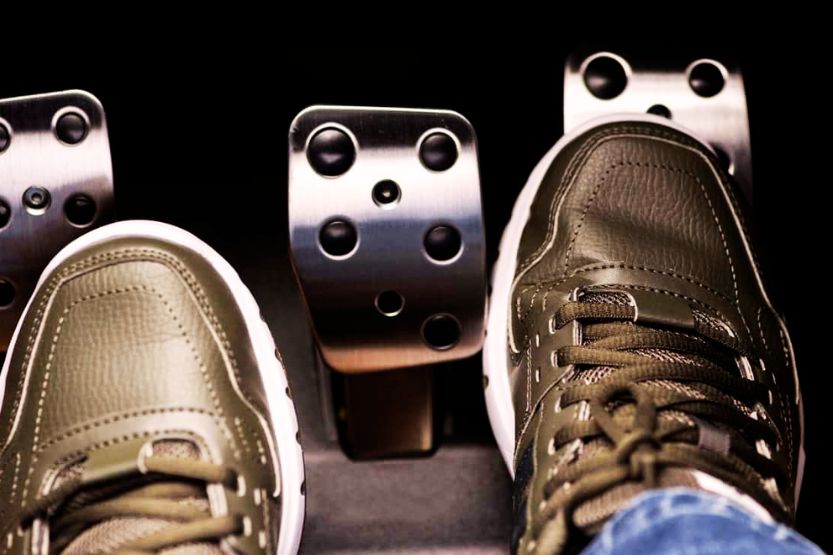
You might have already feathered your clutch some time in your driving life, but you don’t realize it. So, if you have some questions left unanswered, perhaps you will get your answers from the ones listed below:
What Exactly Is Feathering the Clutch?
Feathering the clutch is also referred to as slipping the clutch. Slipping is the word that reveals its actual meaning. This simply means when you are applying and releasing the clutch pedal alternately, that is feathering it. Many drivers are doing this to make their cars move a little bit.
Is It Wrong to Feather a Car?
If you are doing it legitimately, such as starting from cranking the engine and shifting from neutral to first gear, it’s perfectly alright to feather your clutch.
However, if you are doing it just because you want to avoid movements in traffic, such as hanging or stopping on the red line without needing a full stop, that’s not right.
Is There a Bad Effect in Always Feathering a Car?
Your clutch plate will deteriorate faster. Why? The clutch plate will constantly be subjected to friction when you are in the habit of feathering your clutch.
Friction, as you know, is a force that will eat up little by little the surface it is acting on. So, if you repeatedly feather your clutch, the friction that its plate will undergo will be tremendous.
What Can Happen If I Hold Down the Clutch Too Long?
If you hold down the clutch pedal for too long, there is a likely probability that your car will go freewheeling on the street. You will be coasting dangerously because you will lose control of your vehicle.
In Closing: Feathering the Clutch – What Does It Mean?
In feathering the clutch, you are slipping the clutch to make your car move forward slowly or even not at all. That’s when you alternately step on and release the clutch so that you can make your car move inch by inch.
You must feather the clutch from full stop to the first gear every time you start your car. After that, as your vehicle keeps moving, you no longer have to feather your clutch while shifting from first to second and on to the succeeding gears.

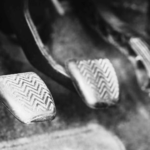


![DRL Warning Light [What Does It Mean, Causes, and How to Fix] what does the drl warning light mean](https://roadsumo.com/wp-content/uploads/2022/04/what-does-the-drl-warning-light-mean-150x150.jpg)




